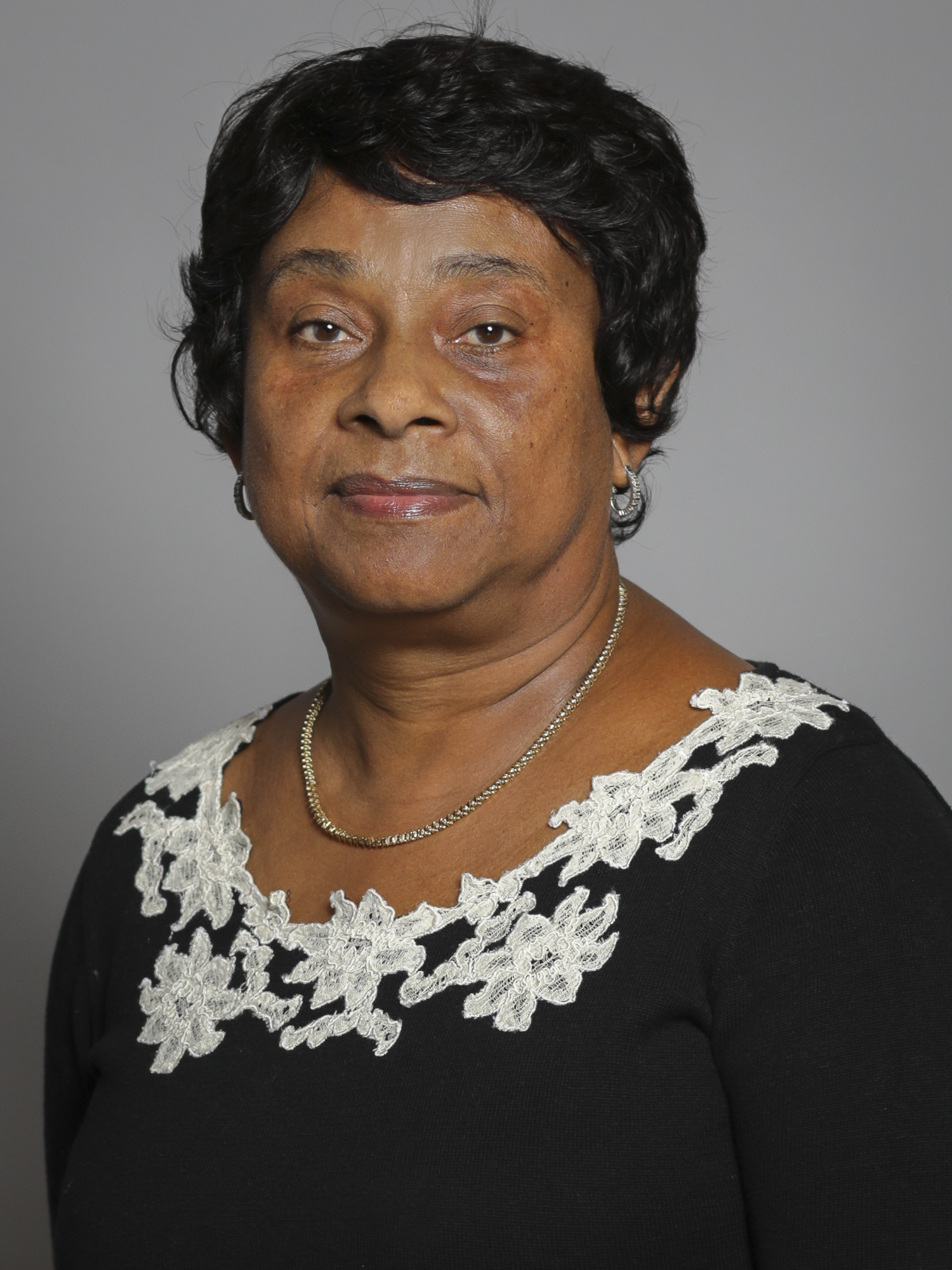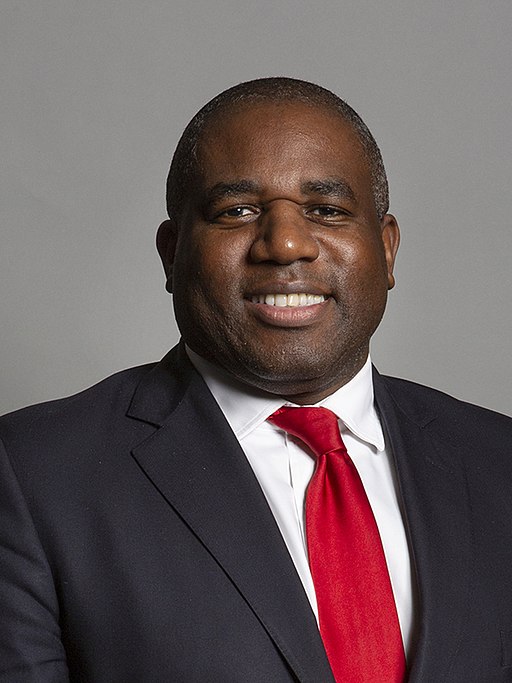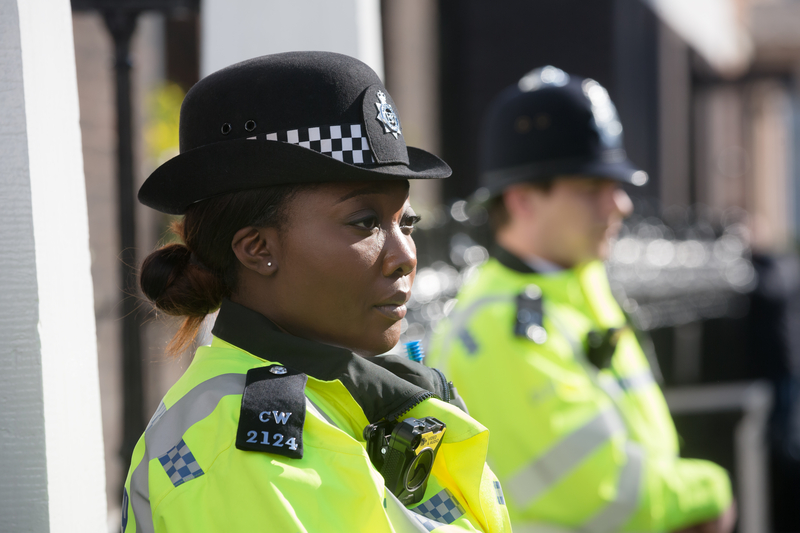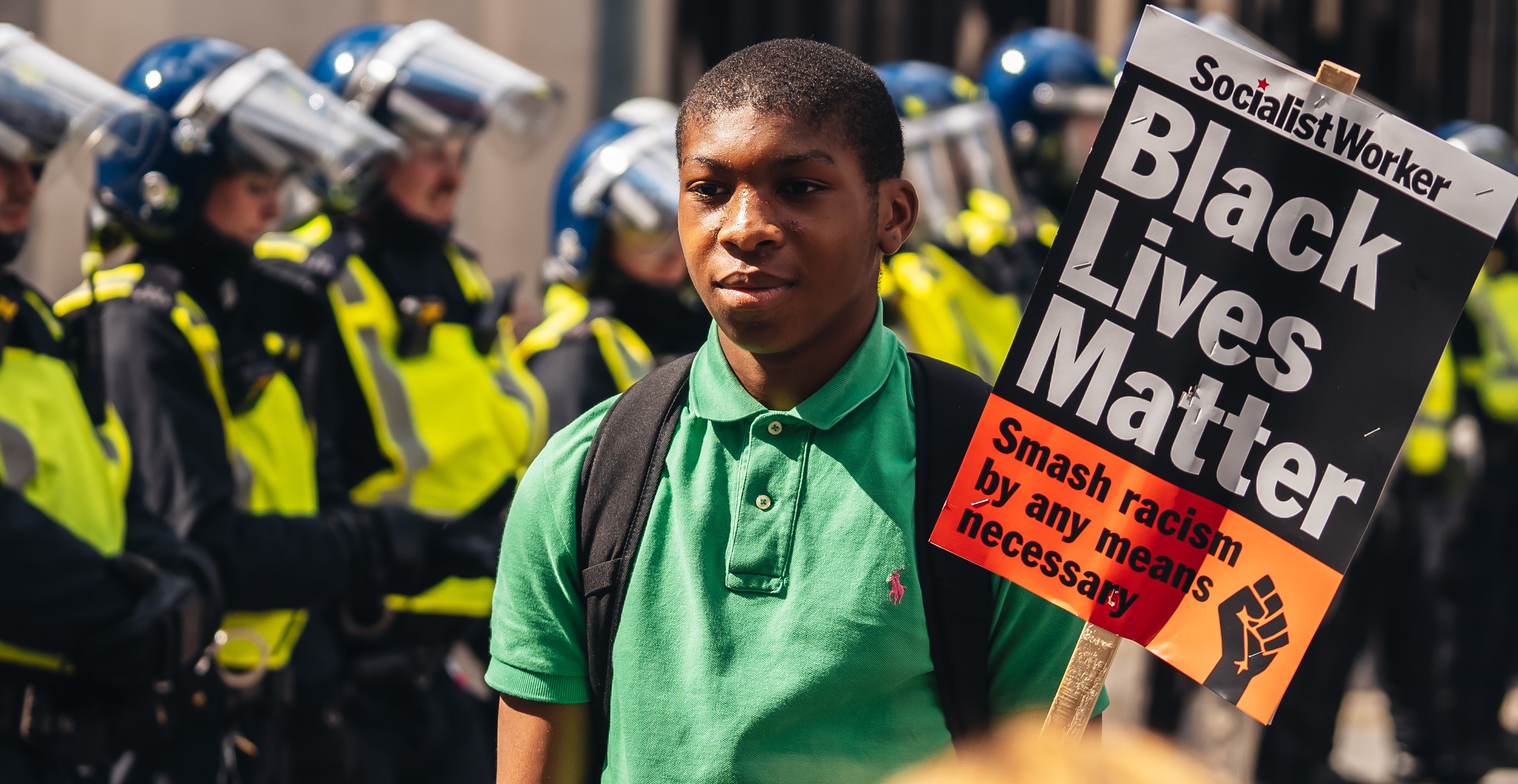On 22 April 1993 in what has been called by the BBC documentary ‘The Murder That Changed a Nation’ (2018), Black teenager Stephen Lawrence was murdered at a bus stop in Eltham, south-east London in an unprovoked, racially motivated attack by five teenage white males. Only two of the white perpetrators were convicted of Stephen’s murder over twenty years later using DNA evidence. Much has been written about Stephen’s murder, and indeed by many commentators it has been called ‘a watershed moment for UK policing’. For me, Stephen’s murder brought to the fore a thought never far from my mind, that this was a country where my own Black children were most certainly going to be subject to racism at points in their lives, as I, my friends and family members had been. Now a Baroness, Doreen Lawrence (Stephen’s mother) spoke about how, even though she experienced extreme anger on many occasions, she felt she could not outwardly show this emotion, especially to the white media. It can be argued that, in her acute experiences of how Black people were regarded as criminals, Doreen Lawrence was all too fully aware of the ‘angry Black Women’ stereotype. Ashley (2014, p.2) posits ‘such stereotypes include the myth of the angry Black woman that characterizes these women as aggressive, ill tempered, illogical, overbearing, hostile, and ignorant without provocation’.

At Stephen’s inquest, Baroness Lawrence (1999) stood up and read her speech where she stated the following: “When my son was murdered, the police saw him as a criminal, belonging to a gang. My son’s crime was that he was walking down the road looking for a bus that would take him home. Our crime, is living in a country where the justice system supports racist murderers against innocent people. The value that this white, racist country puts on Black lives is evident. But still, we followed all the steps open to us, but one by one the doors were closed in our faces. In my opinion, what happened was the way of the judicial system making a clear statement, to make clear to Black people that in this country, that before the law, their lives were worth nothing”.
The historicity of the stereotype of the Strong Black Mother – one who endures, one who does not feel pain or show emotion – has been well documented (Dance, 1979; hooks, 1992; Hill Collins, 2013). Roberts posits ‘The reason for society's bleak assessment is not only the belief that Black mothers are likely to corrupt their children, but that Black children are predisposed to corruption. Blaming single mothers for ‘nurturing a next generation of pathology’ stigmatises not only mothers but their children as well. The powerful Western image of childhood innocence does not seem to benefit Black children. Black children are born guilty. They are potential menaces-criminals, crackheads, and welfare mothers waiting to happen’ (1994, p.874). Black mothers, I argue, project to their children both a conscious and unconscious value-coded repertoire of white sanctioned behaviours that psychosocially regulates and controls her Black child.
Criminalisation and policing – do Black Lives Matter?
Contemporary UK statistics evidence the use of restraint found to be more prevalent in cases of Black and Minority Ethnic (BME) people who have died in police custody than in deaths of white people. Black British people are 8 times more like to be Stopped and Searched than their white counterparts, and police use of force is greater towards Black people with mental health problems (Bulman, 2018). It is not surprising that Black community confidence in those who police them continues to be low.
 Mark Duggan’s death from a police shooting in 2011 and the four young Black men who died in 2017 in police custody – Edson da Costa, Darren Cumberbatch, Shane Bryant and Rashan Charles – are fatal encounters that lead critics and activists to contend that Black people receive much harsher treatment than their white counterparts in every part of the mental health and criminal justice system. Statistics also suggest police officer unconscious bias or racial profiling where in 2017, although Stop and Searches have fallen across all ethnic groups, they have fallen at different rates. Stops of white individuals have fallen by the most (28%), while BME stops have fallen 11%. Individuals who are Black (or Black British) are over 8 times more likely to be stopped than those who are white (Hargreaves, Husband and Linehan, 2017). David Lammy’s Report into Black and Minority Ethnic individuals in the UK criminal justice system evidences that despite making up just 14% of the population, BME men and women make up 25% of prisoners, while over 40% of young people in custody are from BME backgrounds (Lammy, 2017, p.3). An insightful study by Henning (2018) also points to the fact that white police officers tend to overestimate the ages of Black boys and underestimate the ages of their white peers. Moreover, Henning’s work suggests that harassment and negative interaction with white police officers experienced as boys, hugely negate attitudes toward the police as these Black boys grow to adulthood.
Mark Duggan’s death from a police shooting in 2011 and the four young Black men who died in 2017 in police custody – Edson da Costa, Darren Cumberbatch, Shane Bryant and Rashan Charles – are fatal encounters that lead critics and activists to contend that Black people receive much harsher treatment than their white counterparts in every part of the mental health and criminal justice system. Statistics also suggest police officer unconscious bias or racial profiling where in 2017, although Stop and Searches have fallen across all ethnic groups, they have fallen at different rates. Stops of white individuals have fallen by the most (28%), while BME stops have fallen 11%. Individuals who are Black (or Black British) are over 8 times more likely to be stopped than those who are white (Hargreaves, Husband and Linehan, 2017). David Lammy’s Report into Black and Minority Ethnic individuals in the UK criminal justice system evidences that despite making up just 14% of the population, BME men and women make up 25% of prisoners, while over 40% of young people in custody are from BME backgrounds (Lammy, 2017, p.3). An insightful study by Henning (2018) also points to the fact that white police officers tend to overestimate the ages of Black boys and underestimate the ages of their white peers. Moreover, Henning’s work suggests that harassment and negative interaction with white police officers experienced as boys, hugely negate attitudes toward the police as these Black boys grow to adulthood.
The Metropolitan Police Service Black Police Association (MetBPA) presented the following statement in the Stephen Lawrence Inquiry (1999): that ‘A second source of institutional racism is our culture, our culture within the police service. Much has been said about our culture, the canteen culture, the occupational culture. How and why does that impact on individuals, black individuals on the street? Well, we would say the occupational culture within the police service, given the fact that the majority of police officers are white, tends to be the white experience, the white beliefs, the white values.
Given the fact that these predominantly white officers only meet members of the black community in confrontational situations, they tend to stereotype black people in general. This can lead to all sorts of negative views and assumptions about black people, so we should not underestimate the occupational culture within the police service as being a primary source of institutional racism in the way that we differentially treat black people’.
Surveillance, Black bodies and policing

Puwar (2004) argues that the Black body occupies a particular place in relation to questions of identity, power and subjectivity where it is regarded by white supremacists as having come from somewhere savage and uncivilised which requires control and taming (Puwar, 2004, p.21). Using the archives and legacy of transatlantic slavery studies in her analysis of how race structures the contemporary surveillance of Black bodies, Simone Browne states ‘Surveillance is nothing new to black folks. It is the fact of anti-blackness’ (2015, p.10). In her work Dark Matters: On the Surveillance of Blackness, Browne states that ‘If we are to take transatlantic slavery as antecedent to contemporary surveillance technologies and practices as they concern inventories of ships’ cargo … biometric identification by branding the slave’s body with hot irons, slave markets and auction blocks as exercises of synoptic power where the many watched the few…’ (2015, p.12), furthering Fanon’s (1986) work on the negative psychical effects of epidermalized surveillance of Black subjects.
Statistics released by the Metropolitan Police in June 2020 revealed that a disproportionate number of Lockdown fines were handed out to Black citizens. The Metropolitan Police has the greatest number of Black, Asian and minority ethnic officers of any UK force: 5,000 out of 32,600. However, London is made up of 40% Black and Minority Ethnic citizens while the Metropolitan Police ranks constitute only 15.4% of these communities. Although Black people make up 14% of London’s population, they received 25% of fines handed out by the Metropolitan Police. Comparatively, white people received half of all lockdown fines, but they comprise 59% of London’s population. Furthermore, data related to arrests under the Health Protection Act (2010) and the Coronavirus Act (2020) in London indicate the Black people make up almost one third of all arrests.
It is a recurring argument that if a police force is more ethnically diverse then racialised encounters between police officers and communities will mean fewer potentially antagonistic ‘us-and-them’ situations. However, even if a new Black officer does not regard themselves as racist, cultural and systemic forces of white policing, i.e. the practice of Stop and Search which evidences the disproportionate targeting of young Black men, endangers racial bias against minoritised groups. As argued elsewhere (Jones, 2020) UK policing has a racial epistemological framework created, built and shaped by ‘institutional whiteness’. I contend that the Metropolitan Police has been historically shaped by institutionally racist policies and practices and therefore de-individuation can lead to a Black officer thinking themselves ‘Blue’ first and not Black which is how communities regard them. A more diverse police force, although a step in the right direction to distilling it, is not the answer to institutional whiteness and systemic racism.
Watch a related presentation given as part of Black History Month 2021:







Rate and Review
Rate this article
Review this article
Log into OpenLearn to leave reviews and join in the conversation.
Article reviews